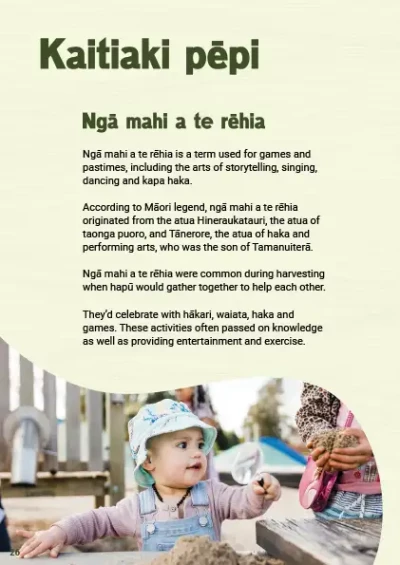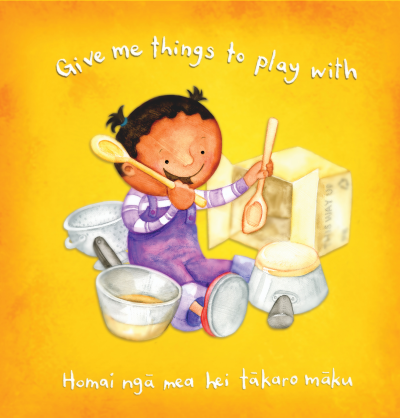
The history of ngā mahi ā rēhia
Māori have always known the value of ngā mahi a rēhia (games and pastimes) for learning and development.
Ngā mahi a rēhia is a term used for Māori games and pastimes. It includes the art of pūrākau (storytelling), playing taonga puoro (musical instruments), waiata, dancing, haka and poi, kōrero and tākaro (play).
The history of ngā mahi ā rēhia
In Māori legend, there are two atua associated games. Ngā mahi a rēhia originated from the atua Hineraukatauri, the goddess of taonga pūoro. Meanwhile, the sun god Rā had two wives: Hineraumati, who was the maiden of summer, and Hinetakurua, the maiden of winter. Rā and Hineraumati had a son called Tāne rore who became the god of haka and performing arts.
Balancing work and play in the early years of Māori settlements worked well, as most mahi happened during the daylight. At night, especially in winter, whānau would socialise and enjoy leisure activities together. This was easier in the early days, as people were fewer and food was more accessible.
Over time, the population grew and some traditional food sources were lost, which meant they needed more time for finding and storing food. Finding time to enjoy leisurely pastimes became more difficult.
However, ngā mahi a rēhia were still common during harvesting, when hapū would gather to help each other. Celebrations would include hākari (feasts), which may have been linked with specific rituals or seasons; waiata, which were rich with history and tradition; and haka, which combined song, dance, expression and movement into a performance.
Types of traditional Māori games and sports
Games and sports were also played at most social gatherings. Tamariki played with toys made from natural materials. They enjoyed:
- tī ringaringa (hand games)
- tī rākau (stick games)
- rēhia whai (string games)
- karetao (puppets).
There was also plenty of opportunity to build strength, gain agility, and develop calculation and mental ability through play-based activities such as:
- retireti (tobogganing)
- pōtaka (top spinning)
- kōruru (knucklebones)
- pūrerehua (making and using bullroarers)
- manu aute (making and flying kites)
- mū tōrere (a form of draughts).
Learning while having fun
These activities delighted those both small and big, but perhaps mistakenly, visitors to Aotearoa may have seen the games as just a means of enjoyment or entertainment. However, we know (as did the ancestors) the importance of play in children and adult’s learning and development.
Through these games and pastimes, skills and knowledge were shared and developed, language was learned and positive relationships were built within the whānau. Not to mention the value that having fun brings to the learning process. Kaua e wareware – tākaro!
Learn more
Leisure in traditional Māori society – ngā mahi a te rēhia
Te Ara
Games and pastimes in pre-European days
New Zealand Electronic Text Collection
This 1934 article describes ngā mahi a rēhia
Art. IV.—The Diversions of the Whare Tapere: Some Account of the various Games, Amusements, and Trials of Skill practised by the Maori in Former Times..
Papers Past
This article by Elsdon Best describes ‘the arts of pleasure’
Sport among the Māori people
Papers Past
This 1952 article by Ralph Love includes a list of traditional games













